6. Kwaidan (1964, Masaki Kobayashi)
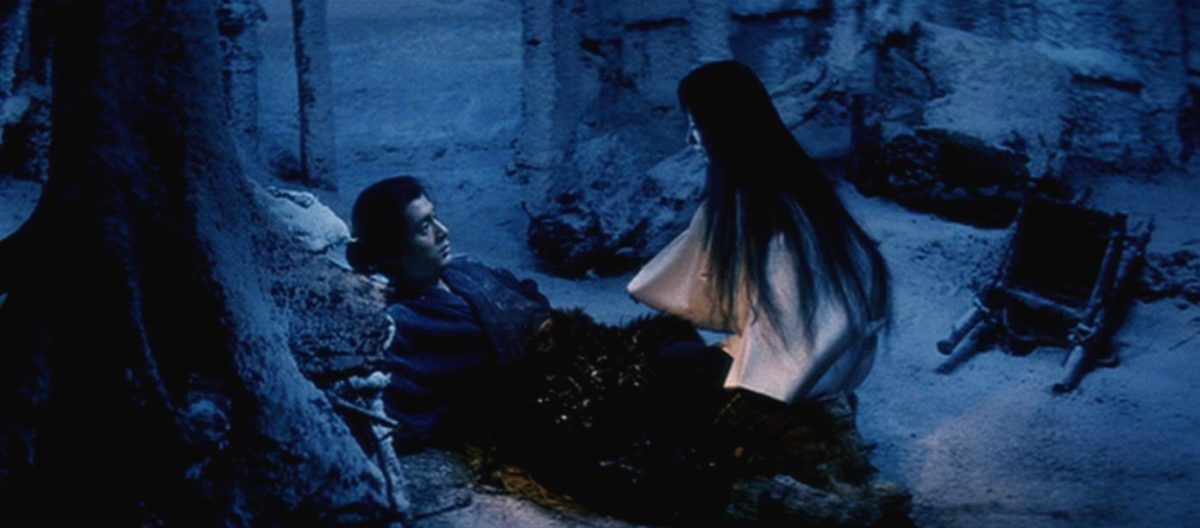
Based on Lafcadio Hearn’s book, Kwaidan: Stories and Studies of Strange Things, director Kobayashi filmed his first color film, which is now considered a cinematic masterpiece. Composed of four vignettes, this anthological film tells four separate ghost stories based on Japanese folklore.
Like House, Kwaidan relies on classic ghost motifs and devices, bodies of water, reflections, and tricks, but couples them with wonderful set and costume design, beautiful backdrops and psychedelic imagery. From eyes in the sky, to piles of hair moving like snakes, Kwaidan touches on a different kind of fear than the run of the mill ghost story.
Just twenty years after the atomic bomb dropped on Hiroshima and Nagasaki, Japan was still repairing itself culturally. And despite the fact that the stories used in Kwaidan date before World War II, Kobayashi’s choice to re-tell these stories is incredibly significant given the circumstances.
Both an ode to Japan and a pillar of J-Horror’s conception, Kwaidan is a breathtakingly beautiful film that every filmgoer needs to see.
7. Personal Shopper (2016, Olivier Assayas)
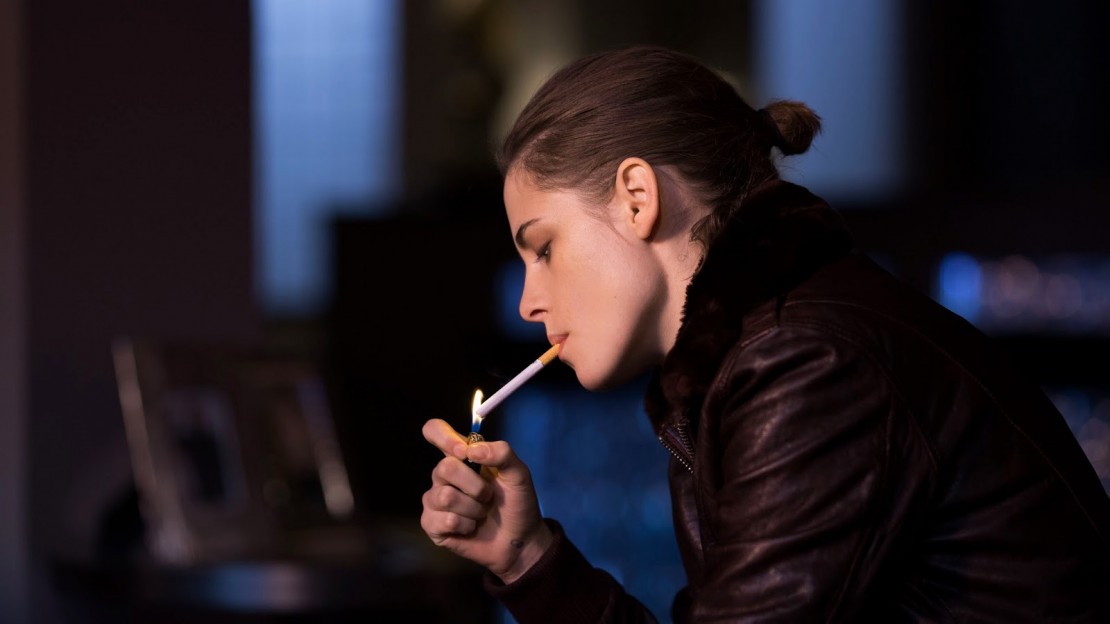
Maureen, a self-proclaimed medium and personal shopper, is bound to a life of monotony in Paris as she awaits a sign from her recently deceased brother. Unable to move out of her rut until she’s positive she’s seen the sign, Maureen swallows unnecessary abuse from her employer, Kyra, a young supermodel. Upon seeing the sign, Maureen’s life collapses on itself in a storm of murder, psychological torture, and manipulation.
Throughout the majority of the film, the ghost is invisible, yet still occupies space. From the backseat of a taxi to triggering automatic doors to open, the ghost has the power to control objects and people. Maureen, in a delicate state brought on by her grief, overshares at the slightest nudge of interest from others. As the audience questions Maureen’s behavior, Assayas raises a terrible question: is this real or is this manipulation?
Personal Shopper was nominated for the Palme d’Or in 2016.
8. House (1977, Nobuhiko Obayashi)
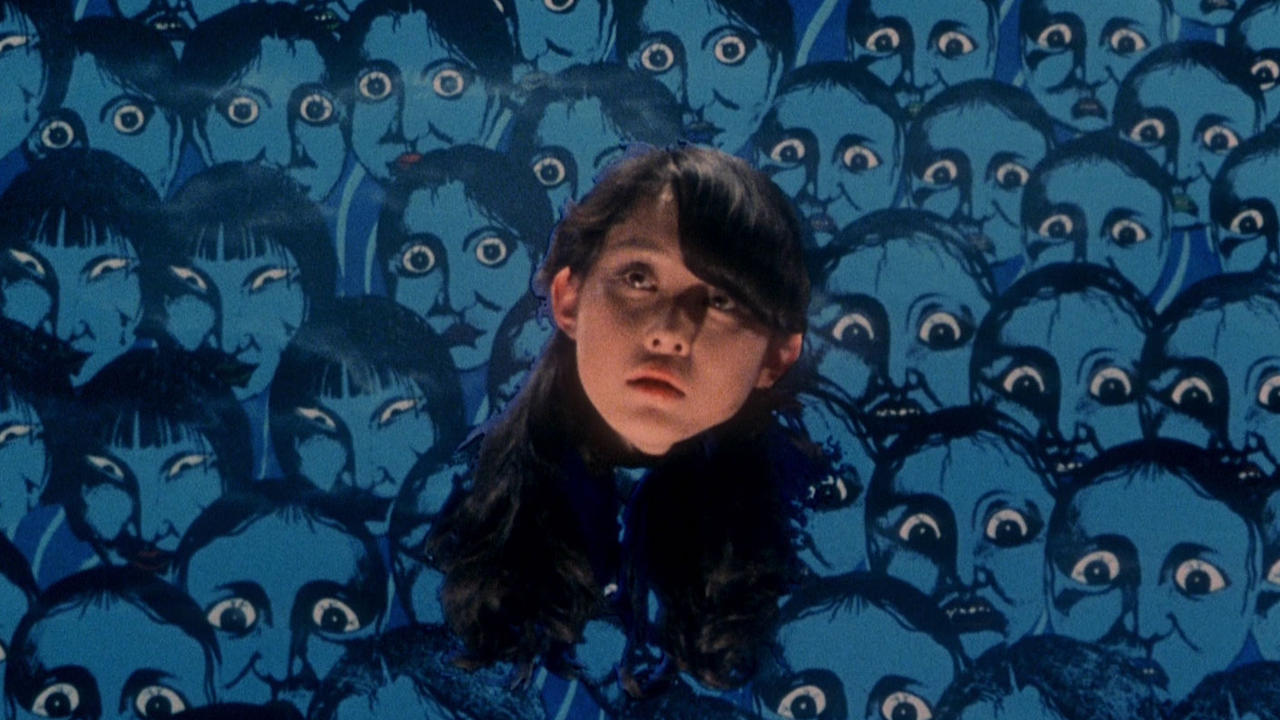
After rejecting her new stepmother’s role in her family, Gorgeous, a moody schoolgirl, goes on a trip with her friends to her long-lost aunt’s country house. In a wacky mashup where Scooby Doo meets Suspiria, the girls prance up the mountain to the house, oblivious of all the omens leading up to their untimely deaths at the hands of a feminine spirit.
Barraged with mixed reviews, director Obayashi plays with multiple genres, storytelling techniques, and daring graphics. Freeze frames, green screens, and classical set design, many have considered House as a kind of cinematic collage. While it’s experimental, Obayashi still uses common ghost motifs like mysterious single female characters, cats, and mirrors.
9. Tigers Are Not Afraid (2017, Issa Lopez)
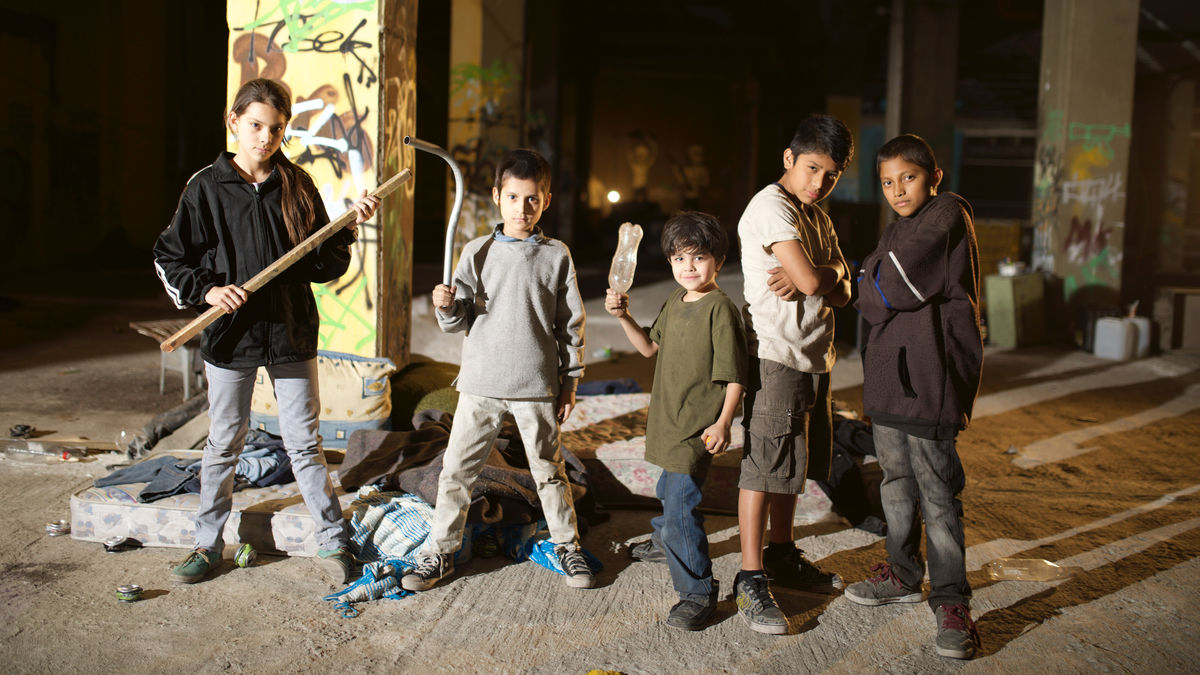
Employing devices of magical realism, director Issa Lopez shows the cruel realities of human trafficking in Mexico through the eyes of a child. When Estrella, a young girl hides under her desk with the rest of her classmates during a shooting, her teacher gives her three pieces of chalk. She explains that they’re wishes and she can use them to protect herself.
As the terrors Estrella witnesses get closer and closer to her, she makes a wish to make them go away. However, she starts to realize every time she makes a wish, something worse happens after. In this coming of age story, Estrella realizes to make the demons go away, she has to be fearless and confront them head on. Similar to Guillermo del Toro’s cinematic universe, Tigers Are Not Afraid relies on fantastical elements during traumatic events.
Although the plot has a couple of hiccups and is a bit melodramatic at times, the film itself is still touching. The connection between the actors is tender and palpable, demonstrating an emotional intelligence far beyond their level.
10. Ghost Town Anthology (2019, Denis Côté)
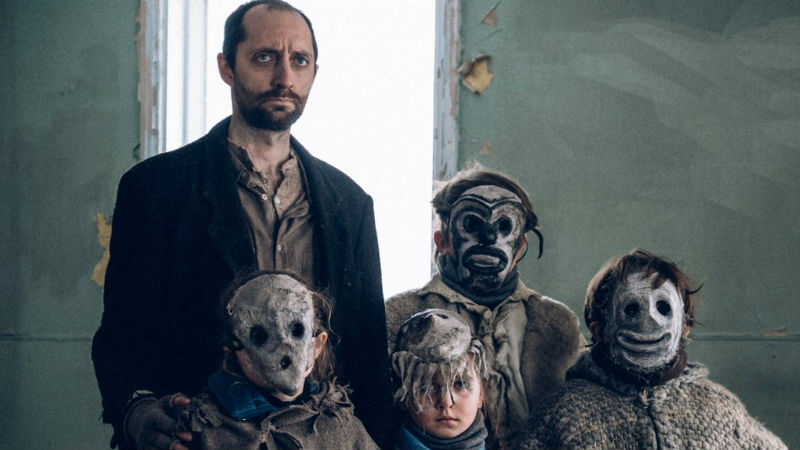
Taking place in the desolate, snowy backdrop of the small Quebec town of Sainte-Irénée-les-Neiges, Ghost Town Anthology evokes the age old saying of dying twice. When Simon Dubé dies in a car accident, his body may have died, but the chatter among the townsfolk keeps his spirit alive and well. As the uproar spirals further when Simon is spotted around town, his appearance triggers the appearance of several other spirits, making Sainte-Irénée-les-Neiges, quite literally, a ghost town.
Based on the novel by Laurence Oliver, Côté instills the poignancy of a small town’s slow path to ghostliness. Filmed handheld, but with still, long shots, Côté plays with the notion of place-as-character.
Ghost Town Anthology was nominated for the Golden Bear at Berlin International Film Festival in 2019.